When Is It Necessary to Undergo Dental Restoration?
Maintaining oral health is a crucial aspect of our overall well-being. With a myriad of dental procedures available, knowing when it is necessary to undergo dental restoration can sometimes be confusing. Dental restoration is a process that aims to restore the function, integrity, and morphology of missing tooth structure. It is often required due to caries, fractures, or any form of tooth wear. At Dentistry Toothtruth, we believe understanding these needs can empower patients to take proactive steps in maintaining their oral health.
Understanding the Signs: When to Consider Dental Restoration
The first step in determining the necessity of dental restoration is understanding the signs that indicate a need for it. Common indicators include severe tooth decay, chipped or broken teeth, and persistent pain suggesting nerve damage. According to the American Dental Association, over 90% of adults have had cavities, which can progress to require restoration if untreated. Additionally, experiencing sensitivity to hot or cold foods can also signal enamel loss, often necessitating restorative work to prevent further damage.
The Role of Dental Restoration in Complete Oral Health
Dental restoration plays a pivotal role in not only restoring the aesthetics of your smile but also maintaining the functional integrity of your bite. When teeth are missing or severely damaged, it can alter your bite and lead to complications such as TMJ disorders or uneven wear on remaining teeth. Restorative dentistry, which includes procedures like fillings, crowns, bridges, and implants, aims to address these issues. According to studies, patients who undergo timely dental restorations report higher satisfaction levels due to regained functionality and aesthetics.
Exploring Types of Dental Restorations
There are several types of dental restorations designed to meet different needs. Fillings are the most common type of restoration used to treat cavities. Crowns are utilized for teeth that are cracked or have a large cavity which cannot be filled with regular filling material. For missing teeth, bridges and implants are often recommended. Bridges use adjacent teeth for support, while implants are secured into the jawbone, offering a durable solution. Each type of restoration has specific indications and benefits that should be discussed with your dentist to determine the best course of action.
Preventive Measures: Minimizing the Need for Restorative Treatments
Prevention is inevitably better than cure, and this holds especially true in dental care. Regular dental check-ups and cleaning sessions at facilities like Dentistry Toothtruth help in the early detection of potential issues requiring restoration. A study published in the Journal of Dental Research highlights that consistent oral hygiene practices significantly reduce the need for dental restorations. Brushing twice daily, flossing, and maintaining a balanced diet contribute to the longevity of natural teeth, reducing reliance on restorative procedures.
Conclusion: Taking the Necessary Steps for Dental Health
In summary, recognizing when dental restoration is necessary involves understanding the signs and engaging in regular oral hygiene practices. Restoration procedures play an essential role in preserving both the functionality and aesthetics of teeth. Patients are encouraged to consult with dental professionals to explore restoration options and maintain an effective dental care routine. By doing so, individuals can enjoy a healthy life with a radiant, functional smile. For more detailed advice on dental restorations, visit Dentistry Toothtruth and make informed decisions about your oral health today.

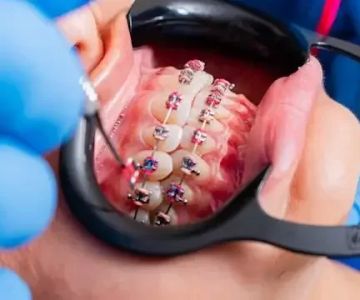
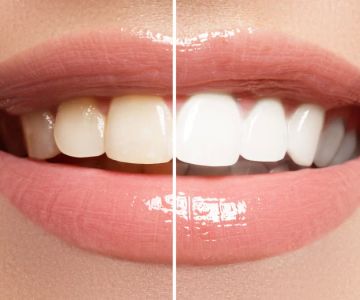
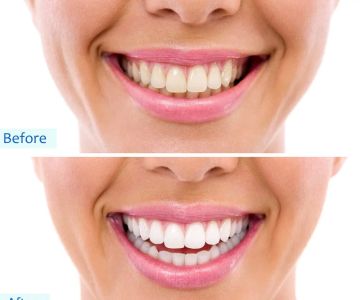
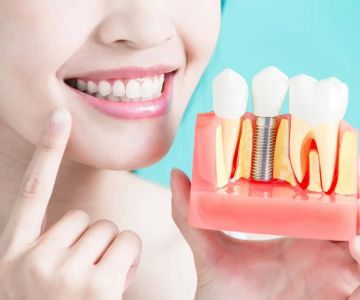
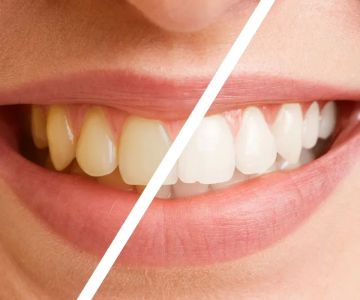

 Nevada Dentistry & Braces4.0 (573 review)
Nevada Dentistry & Braces4.0 (573 review) Maple Brook Dental of MN4.0 (532 review)
Maple Brook Dental of MN4.0 (532 review) Armendariz Family Dentistry - Bethany Armendariz5.0 (310 review)
Armendariz Family Dentistry - Bethany Armendariz5.0 (310 review) Desert Ridge Periodontics & Implant Dentistry4.0 (61 review)
Desert Ridge Periodontics & Implant Dentistry4.0 (61 review) Central Avenue Dental Arts: Dr. Ira A. Levine, DDS, MAGD5.0 (41 review)
Central Avenue Dental Arts: Dr. Ira A. Levine, DDS, MAGD5.0 (41 review) Honey Creek Dental4.0 (58 review)
Honey Creek Dental4.0 (58 review) The Importance of Oral Health Education During Pregnancy for a Healthy Pregnancy
The Importance of Oral Health Education During Pregnancy for a Healthy Pregnancy Best Tips for Brushing Your Teeth Properly for Healthy Gums: Essential Techniques for Oral Health
Best Tips for Brushing Your Teeth Properly for Healthy Gums: Essential Techniques for Oral Health Why Skipping Dental Checkups Can Lead to Bigger Oral Health Problems
Why Skipping Dental Checkups Can Lead to Bigger Oral Health Problems Advantages of Porcelain Dental Restorations
Advantages of Porcelain Dental Restorations How Can Diabetes Cause Tooth and Gum Problems? Preventing and Managing Oral Health Issues
How Can Diabetes Cause Tooth and Gum Problems? Preventing and Managing Oral Health Issues Healthy Habits for Promoting Good Oral Health and Hygiene: Tips for a Healthy Smile
Healthy Habits for Promoting Good Oral Health and Hygiene: Tips for a Healthy Smile